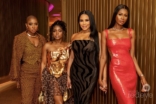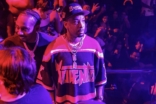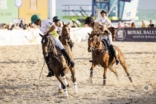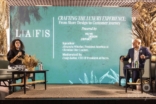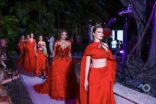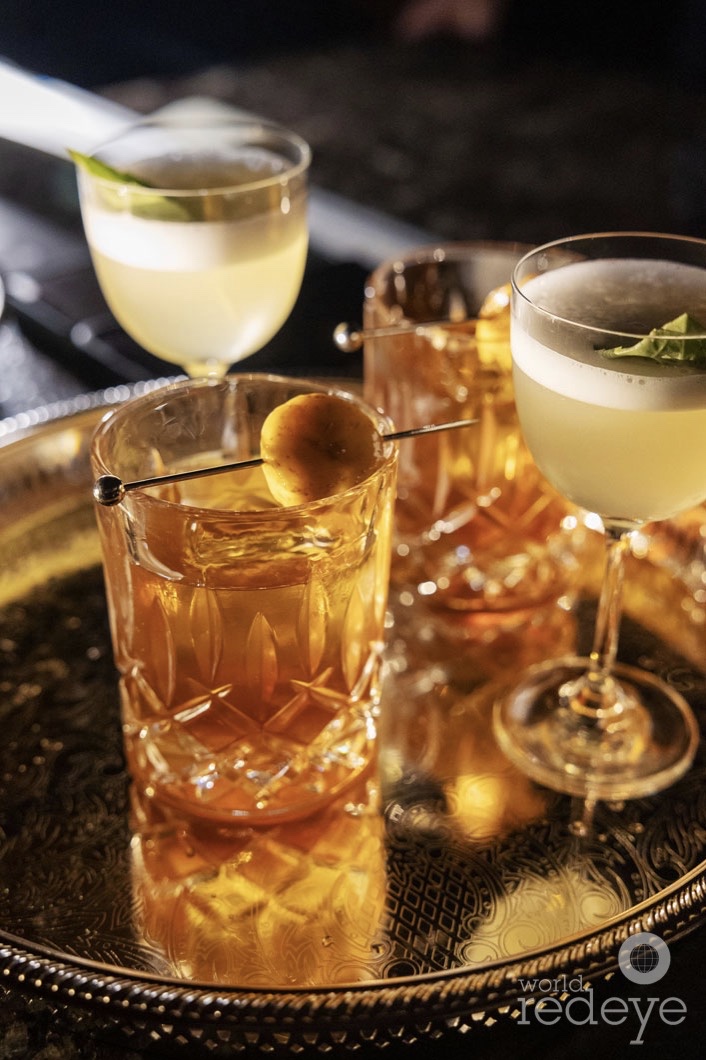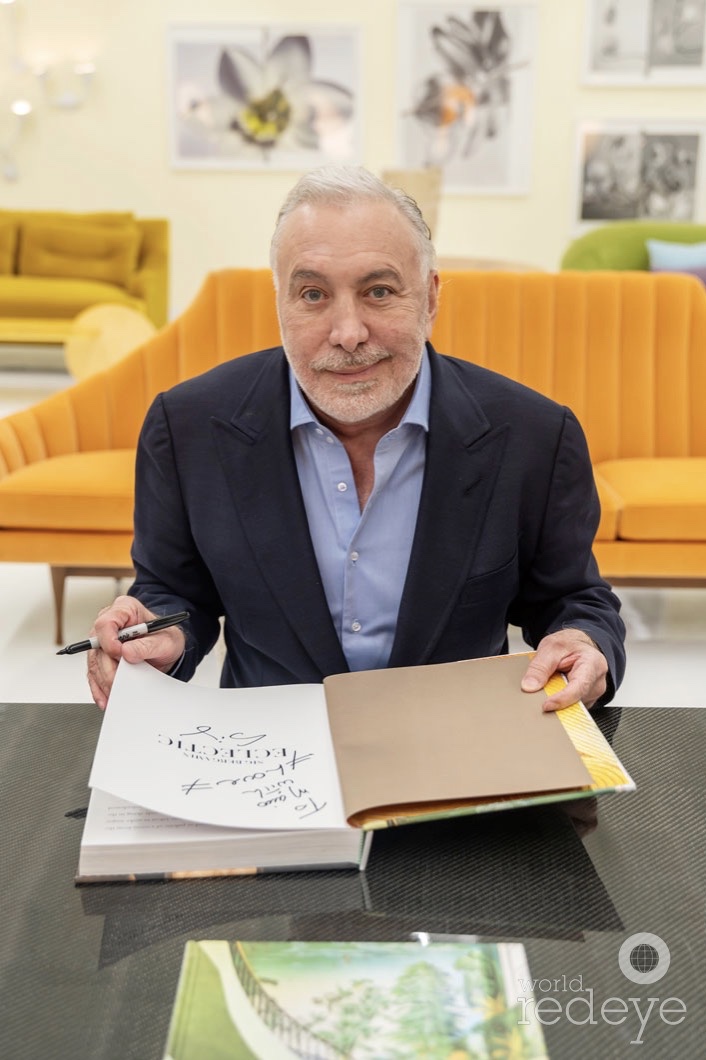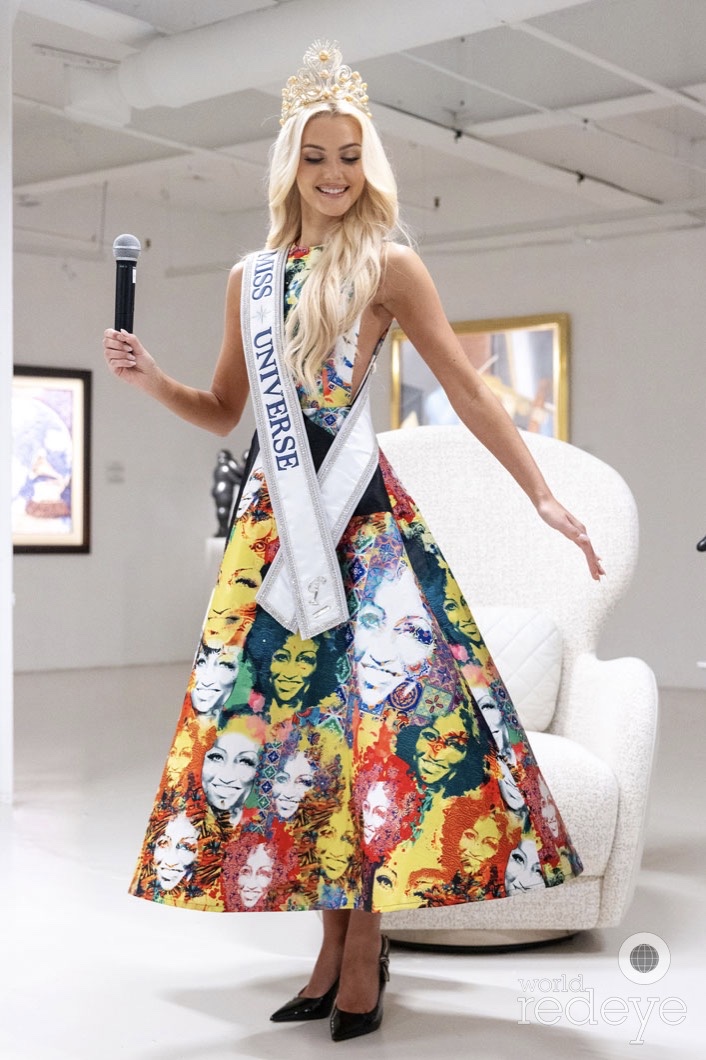Q&A: Opening Reception of Wild Altar by Magnus Sodamin at Dot Fiftyone Gallery
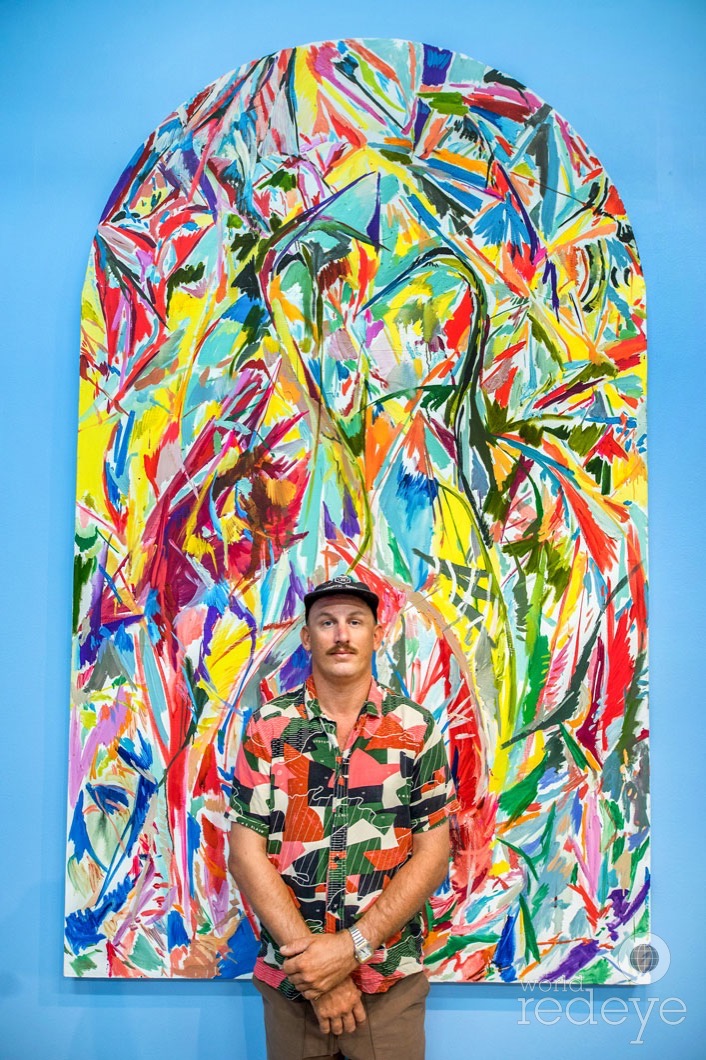
Magnus Sodamin
Miami, FL – September 30, 2021 – As we push further into the frontiers of our natural world, human development continues to encroach upon the critical habitats of wildlife, restricting movement between isolated populations of species and disrupting the natural life cycles of ecosystems. Our growing presence puts their survival at greater risk.
In his exhibition “Wild Altar,” Magnus Sodamin builds monuments to the Spoonbill, Heron, Anhinga. The artist’s tufted tapestry sculptures become totems of the wilderness, deifying the bird, fetishizing its avian characteristics, and canonizing its habitat as holy land. These suspended sculptures hang in between paintings referential of byzantine churches or stained-glass windows – arch-shaped works which transmit a sense of religious reverence for the outdoors. To Sodamin, an avid outdoorsman, nature plays a prominent role in his life and studio practice. “Nature is my church. Anywhere in the world, and whenever I enter, I have respect for the wild places and know that they are not my space.”
Abstracting the colors and textures of the wild, Sodamin’s “arch works” are sacred altars that demand respect. Gestural brushstrokes build tactile surfaces which describe the interplay of light and moist wetlands. The paintings themselves are based on preparatory drawings Sodamin made both in the wild and from photographs shot during his frequent visits to remote locations in the Florida landscape. Translating these studies into another medium, Sodamin adds a layer of abstraction to an otherwise lush setting whose interplay of water and reflection often resembles a veil of stained glass. His constellations of plants, animals, and improvised color achieve a jarring level of ecstatic volume. The works reveal themselves as endless moments of overwhelming spiritual realization.
World Red Eye met up with Magnus Sodamin at the opening reception of “Wild Altar” at Dot Fiftyone Gallery to get a first-look at the exhibition and discuss the process behind bringing it to life. Read the full Q&A below.
By Gaby Cuevas
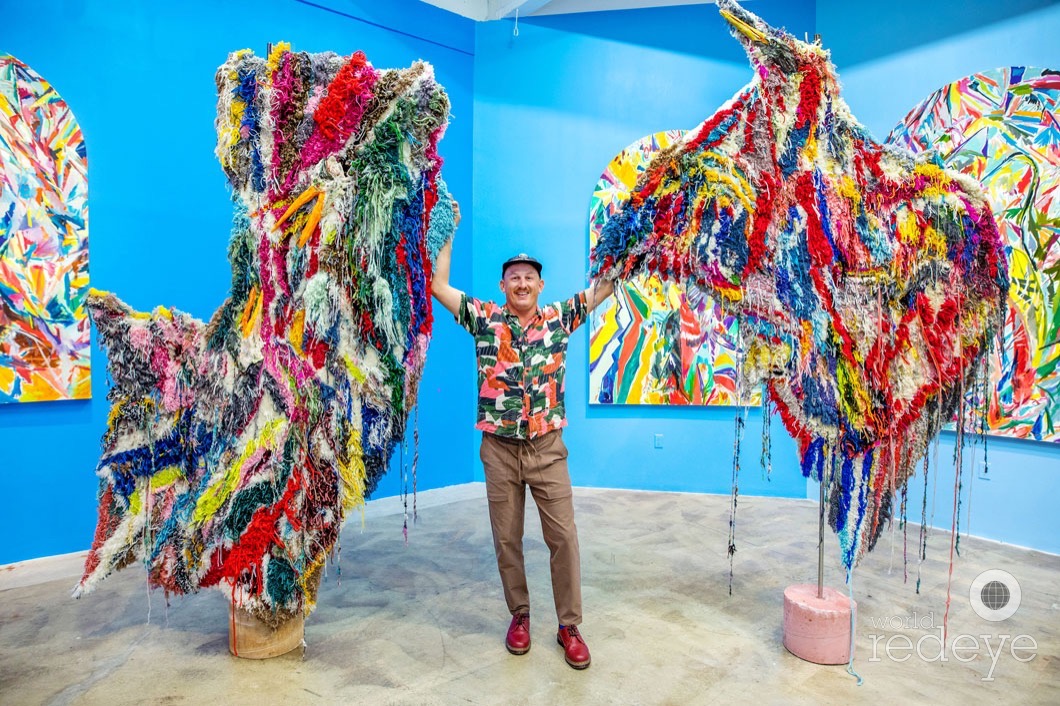
Magnus Sodamin
WRE: Tell us about your newest exhibition “Wild Altar”.
Magnus Sodamin: To me, this exhibition is an homage to Florida’s wildlife. The tufted sculptures are native birds and the paintings refer to stained glass windows. The overall exhibition is a tactile place of reverence for the wild.
WRE: Many of your works range from paintings on the wall to full-blown sculptures and installations, creating an extremely diverse and immersive experience for viewers. How would you describe your technique and art making process?
MS: It usually is the same experience for me, as the works are often physical and captivate me in the process. The installation of the pieces really is such a large and important part of the process where everything falls into place. The process is reactionary.

WRE: What was the inspiration behind “Wild Altar”?
MS: The inspiration behind “Wild Altar” is nature and the act of discovery. The setting is the Everglades. When I’m in nature, especially when I’m fly fishing on the flats, it is VERY visual. Every ripple, splash/discoloration of bottom is carefully studied and calculated. The act of active seeing translates to my work in the painting, drawing, and tufting practice.
WRE: What do you hope people will take away from this exhibition?
MS: A deeper sense of connection to the wild and the mystery of life.


Magnus Sodamin
The inspiration behind “Wild Altar” is nature and the act of discovery.
Magnus Sodamin

Magnus Sodamin
WRE: As a life-long Miami resident, how would you describe the art scene in the city? What makes Miami unique?
MS: Unfortunately there is a sense of competitiveness in the art scene wherever you go. It is important sometimes to distance yourself from the power inherent in institutions and understand why you really make art. For me, it is an essential part for my experience in the richness of life. I cannot emphasize enough how the support of my peers has helped me navigate this.
Miami is unique because it is between the ocean and the wilderness of the Everglades. You can literally clock in and clock out when you want to. Sometimes when you’re out there in the nature of Miami and Florida in general, it feels like you’re the only one, and that’s something that I find special.

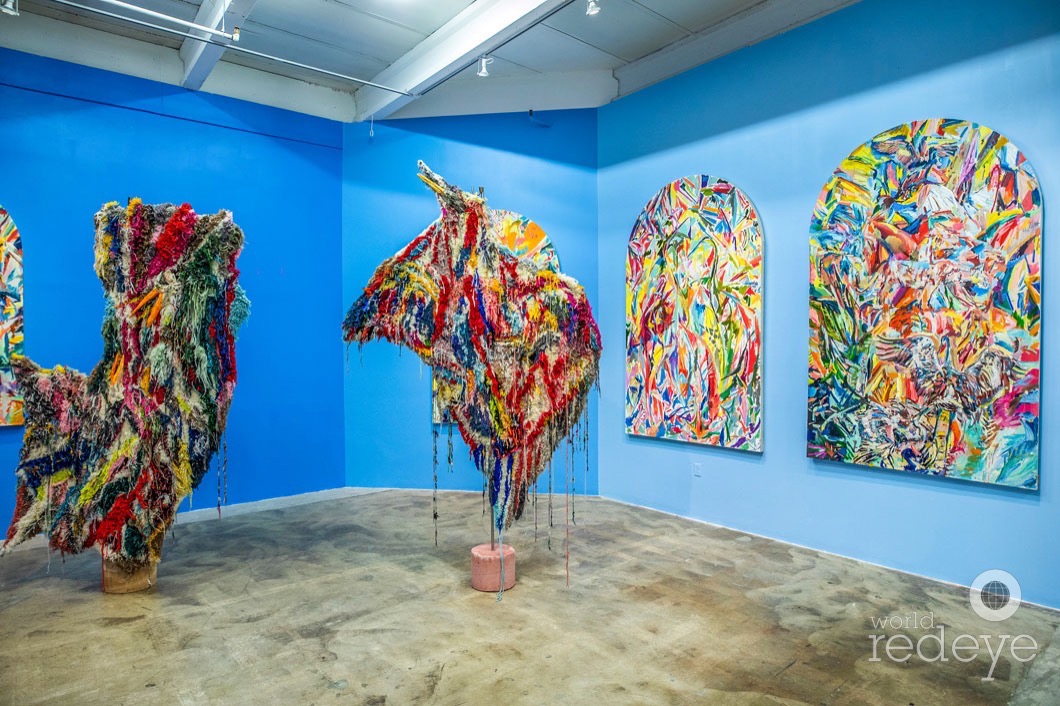
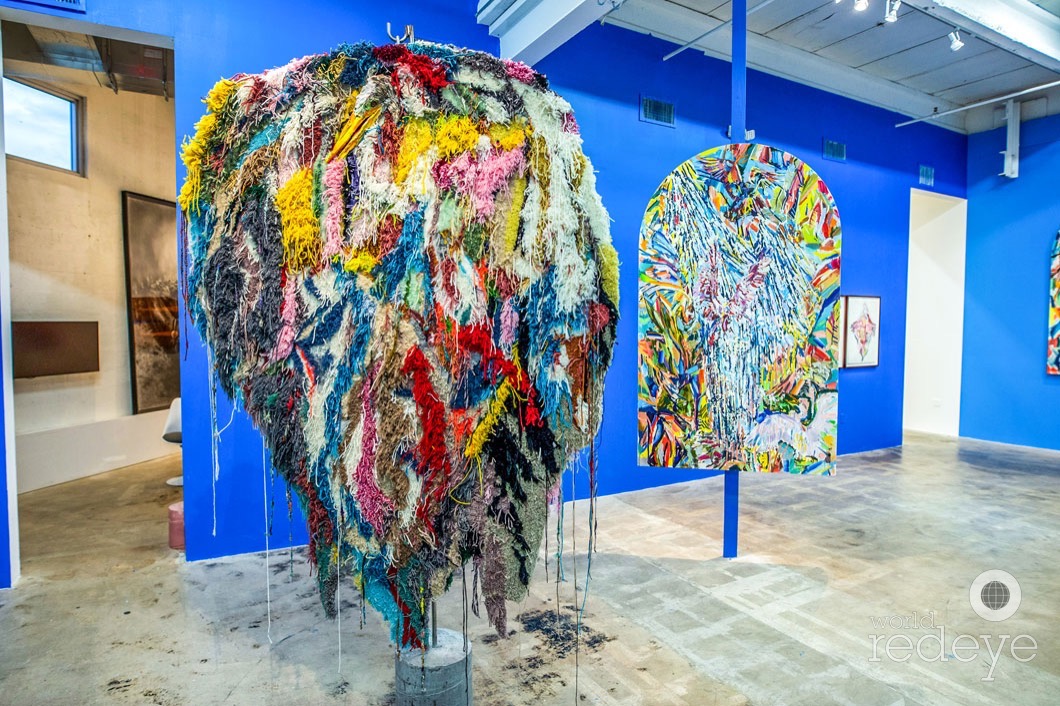

Magnus Sodamin
WRE: Nature and its complex systems serve as the inspiration behind a lot of your work. How would you describe your personal relationship with nature?
MS: I was born in Manhattan, New York. One of my earliest memories was on a stroller in the Museum of Natural History and seeing a big blue whale for the first time, which I can still remember today. I think it was that initial excitement from discovering the diversity of life on this planet that first sparked my fascination with nature. We live in vital time to understand the importance of the wild places and maintain their biodiversity.
WRE: You often take trips into unmarked and unexplored territories to explore and find inspiration. What has been one of the most memorable and meaningful places you’ve discovered?
MS: As a Norwegian/American, it’s hard not to say somewhere in Norway. But one of the more recent places I’ve traveled to that I enjoyed was Sierra Nevada de Santa Marta in Colombia 1where I did a residency for a month. I hiked up to the Lost City and it felt like I was in the heart of the world…It just felt like such a supernatural place. Its important to connect with our surroundings as human beings and let that connection make us more aware of the present.

Magnus Sodamin

Magnus Sodamin
Its important to connect with our surroundings as human beings and let that connection make us more aware of the present.
Magnus Sodamin




Magnus Sodamin
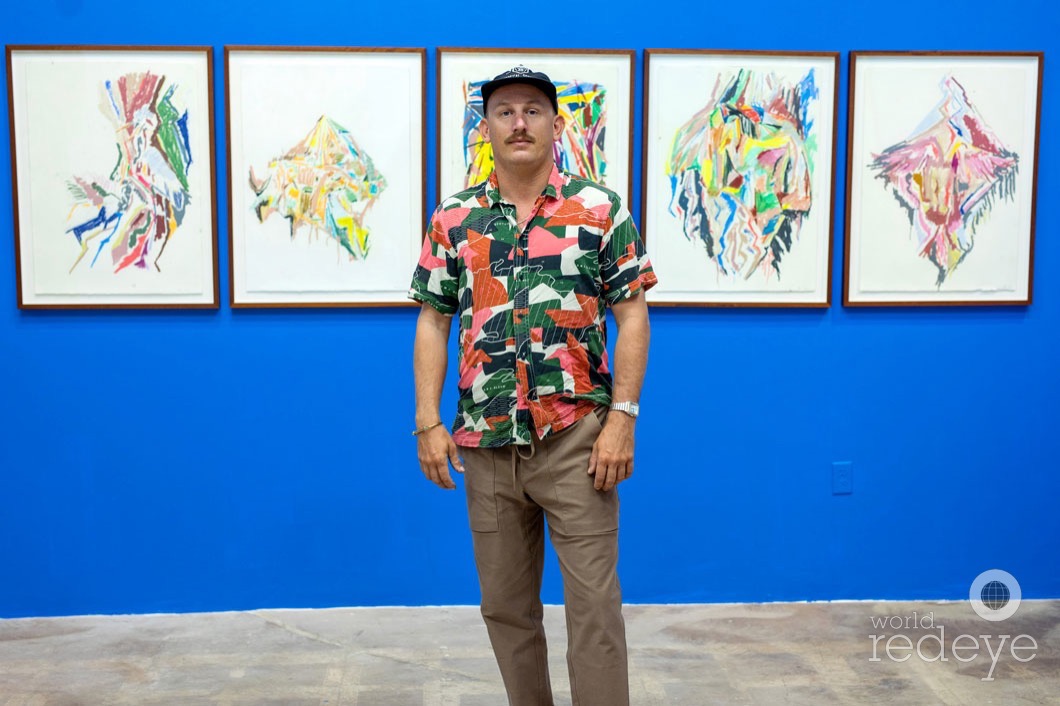
Magnus Sodamin
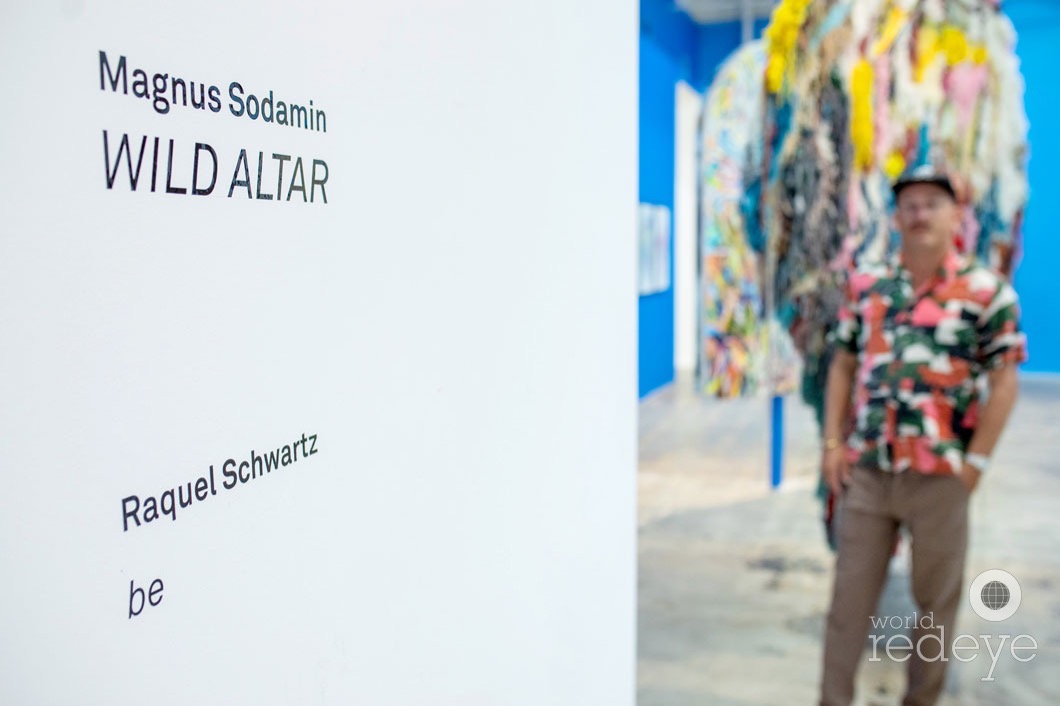
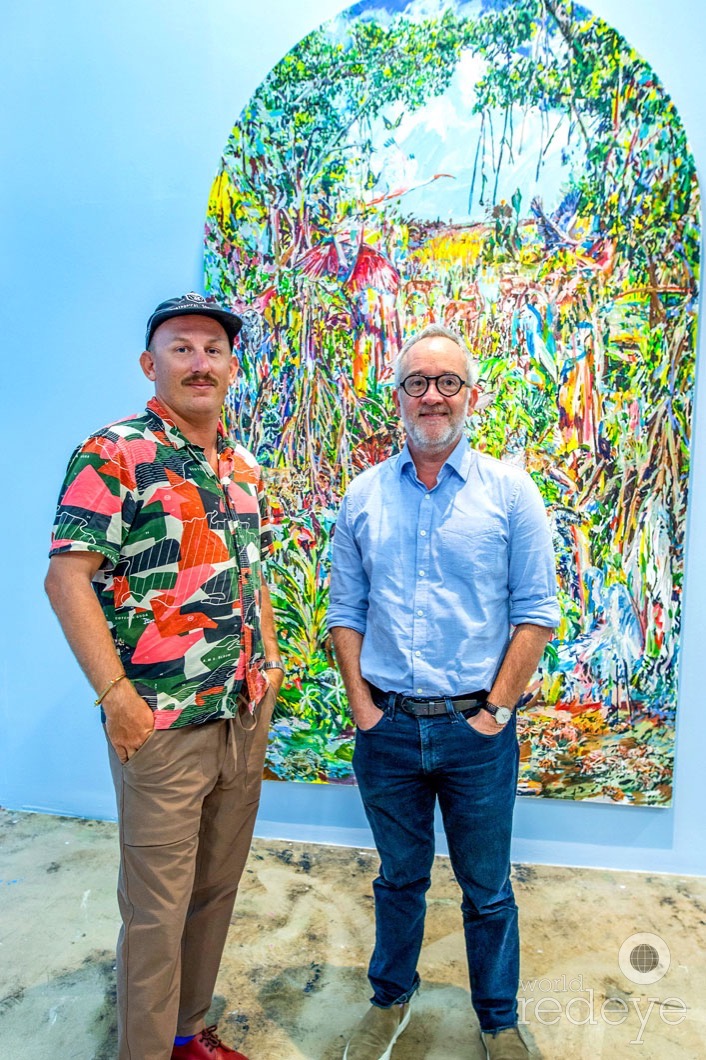
Magnus Sodamin & Alfredo Guzman



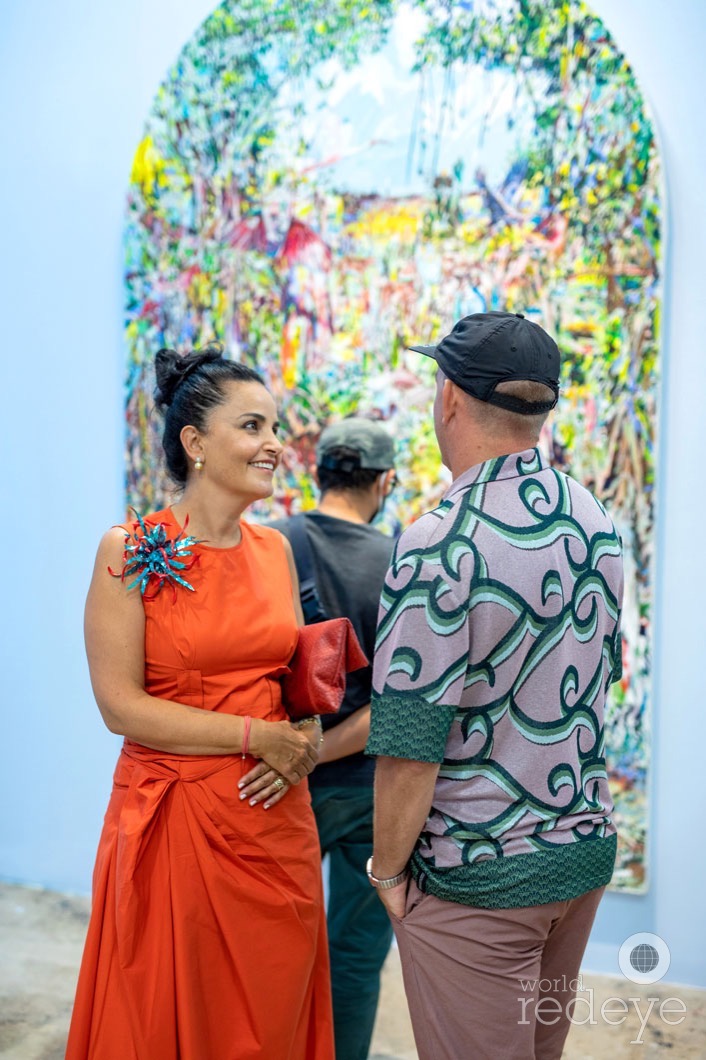
Susie Wahab & Magnus Sodamin

Walid & Susie Wahab, Magnus Sodamin, & Seth Browarnik

Walid Wahab & Bill Kearney

Tori Linder
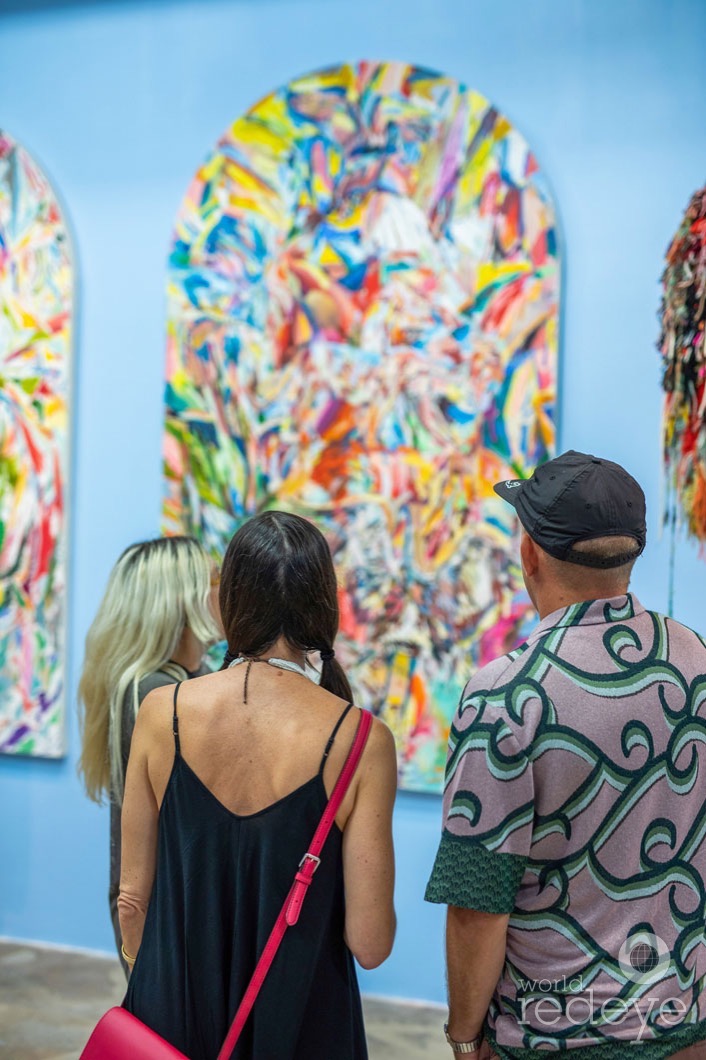
Magnus Sodamin



Lauren Shapiro, Magnus Sodamin, & Seth Browarnik

Bill Kearney & Marcella Novela
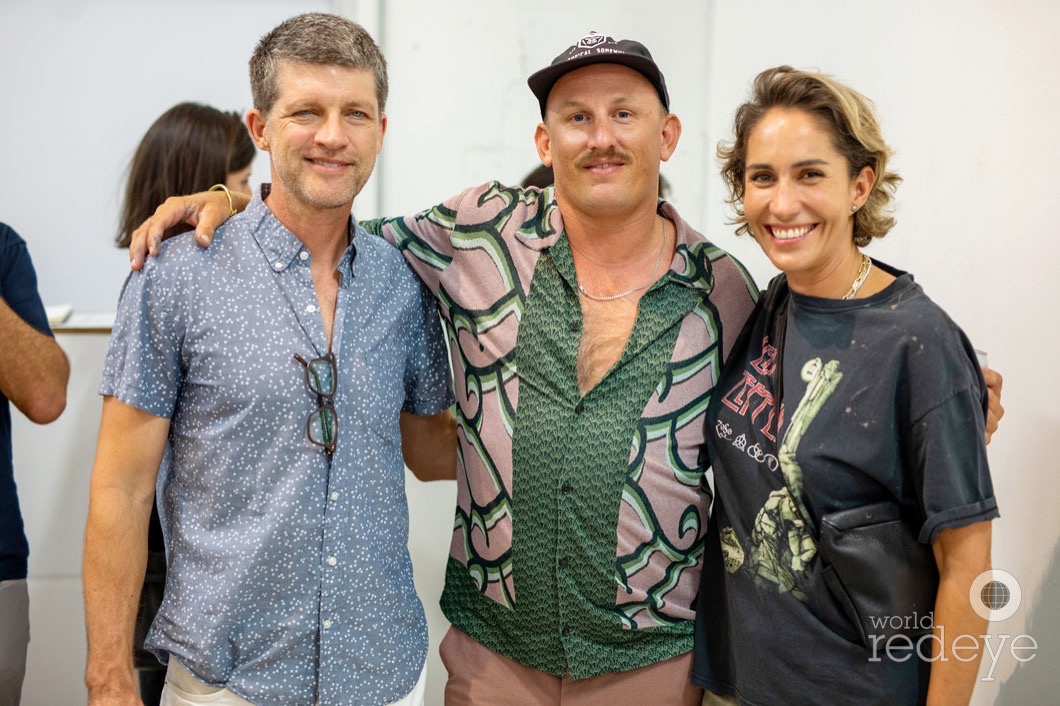
Bill Kearney, Magnus Sodamin, & Marcella Novela

Carlos Betancourt, Tori Linder, & Magnus Sodamin




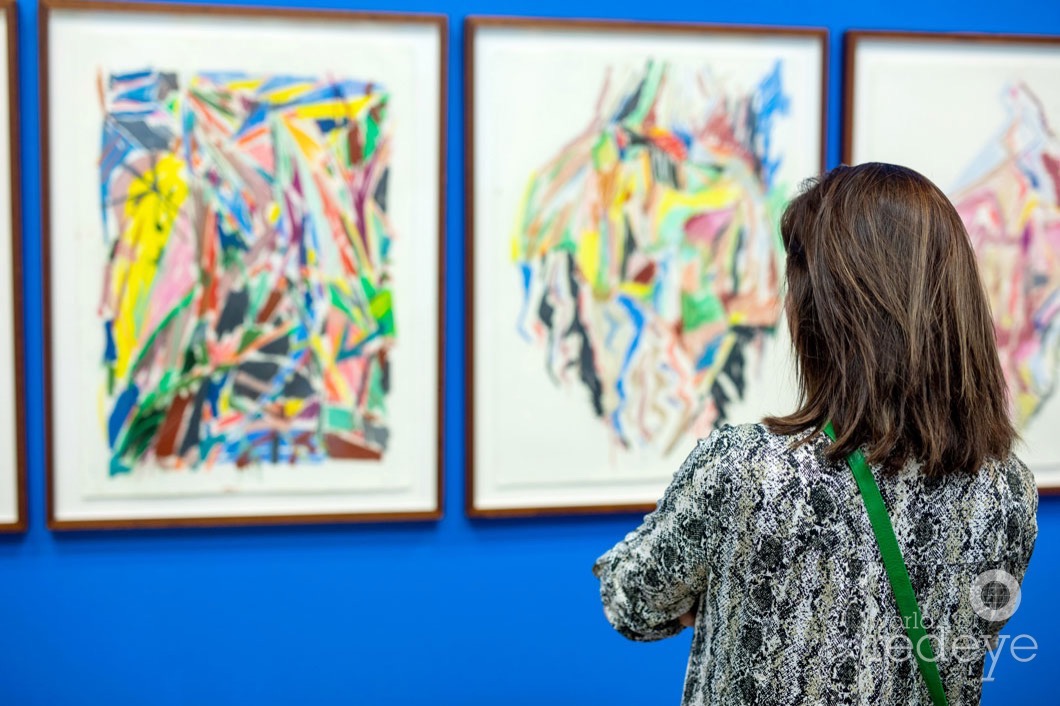

Philip Lique, Natasha Tomchin, Charles Levine of Soul Clap, & Beatriz Chachamovits

Beatriz Chachamovits, Nicole Mijares, & Tori Linder

Sarah Jane Kurimsky & Colie Whitlow
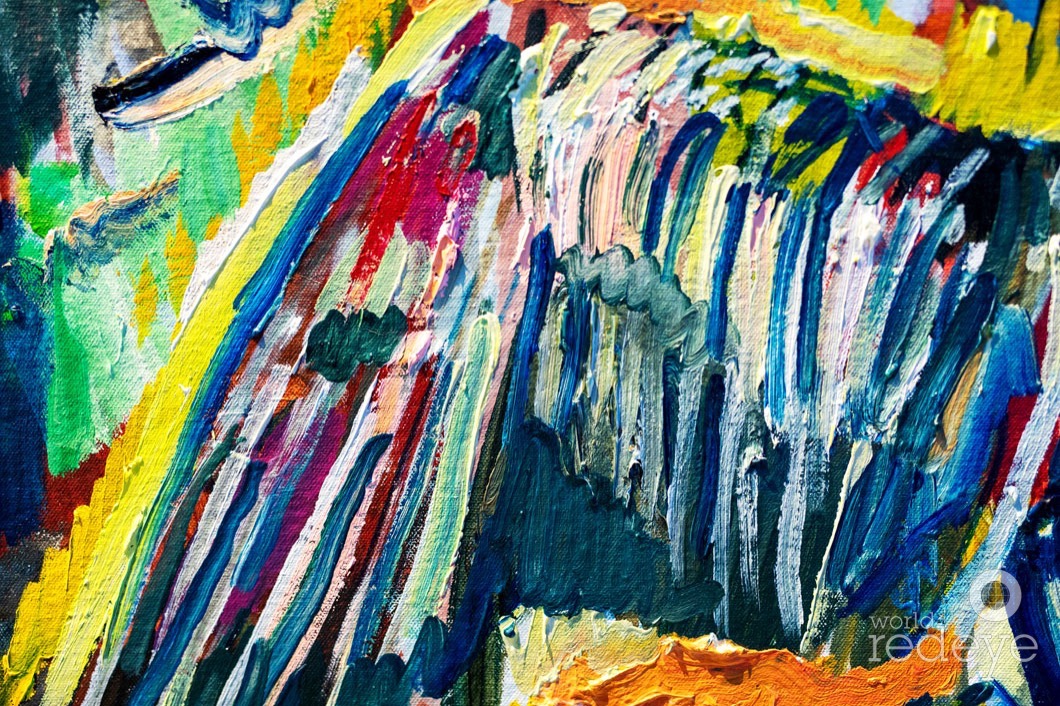


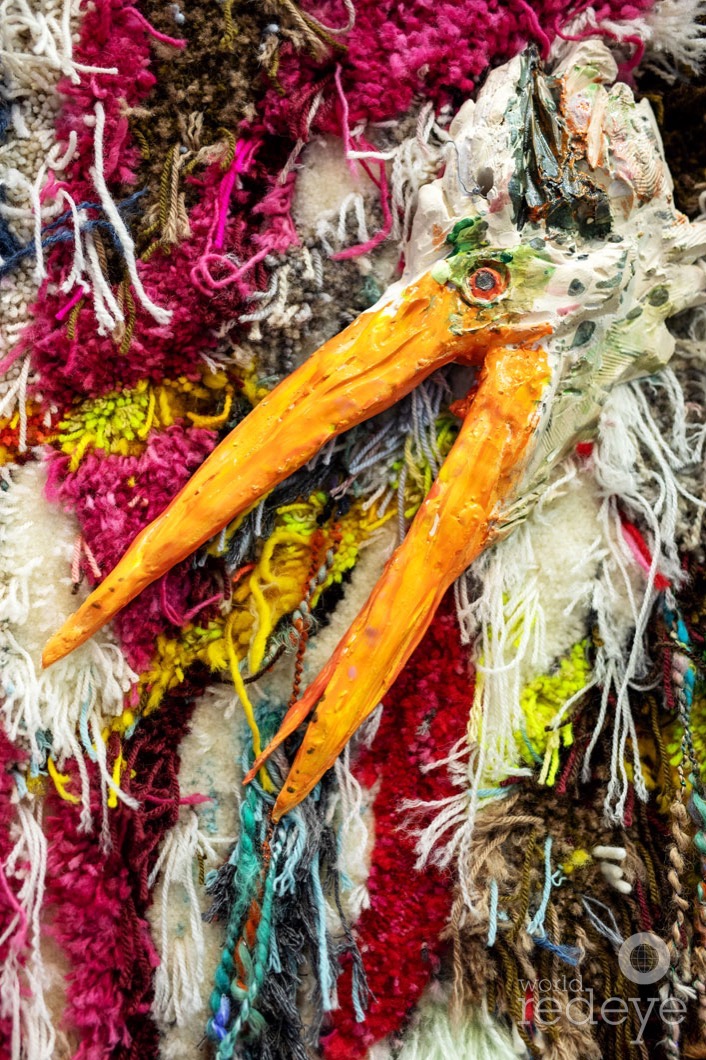

Magnus Sodamin

Rudi, Magnus, & Kenneth Sodamin
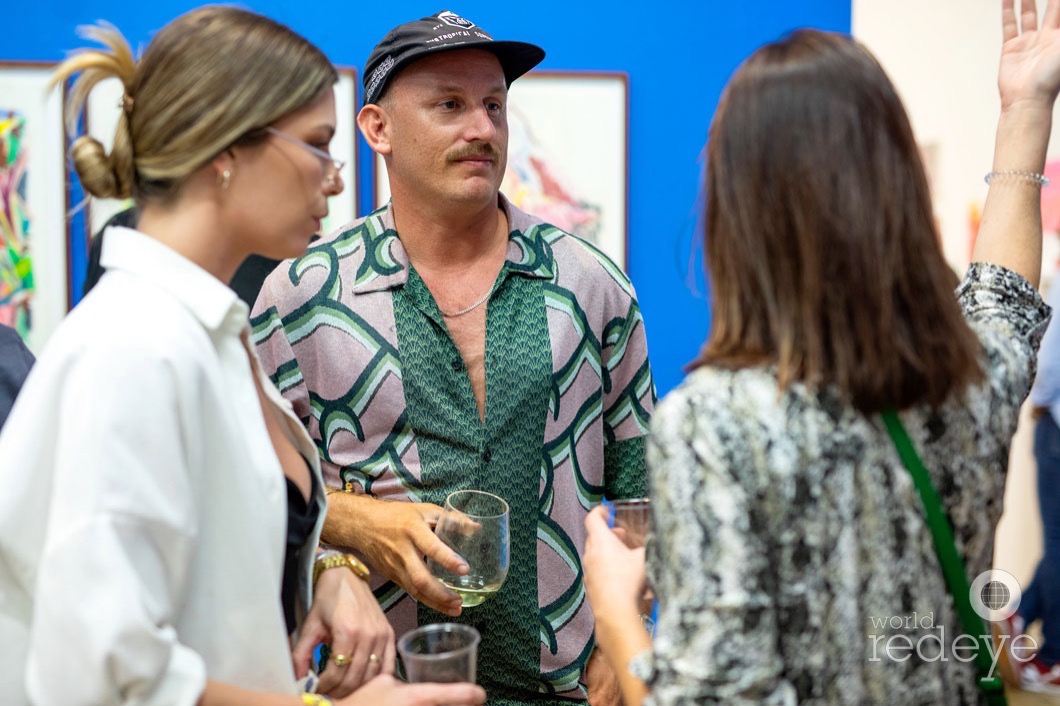
Sarah Jane Kurimsky & Magnus Sodamin

Magnus Sodamin

-

-
Becky & Hootie Rashidifard
-

-
Bitzy Couling & Tiffany Hale
-

-
Gabriela & William Keddell, David Rohn, & Jack Thomas
-

-
Jamie Nolan & Tiffany Tompkins
-

-
Laura Marsh & Magnus Sodamin
-

-
Lulu Sanchez & Logan Fazin
-

-
Matthew Duenas & Shannon Tamburi
-
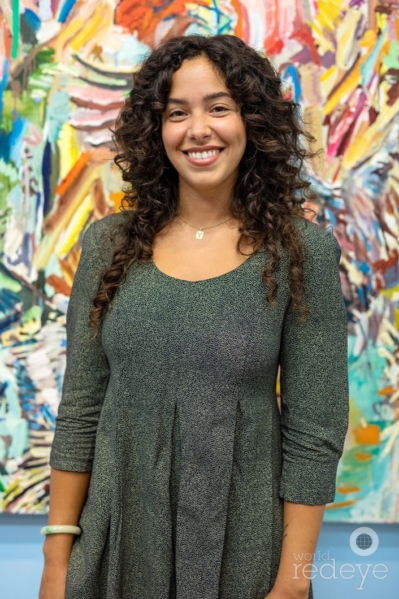
-
Nicole Mijares
-
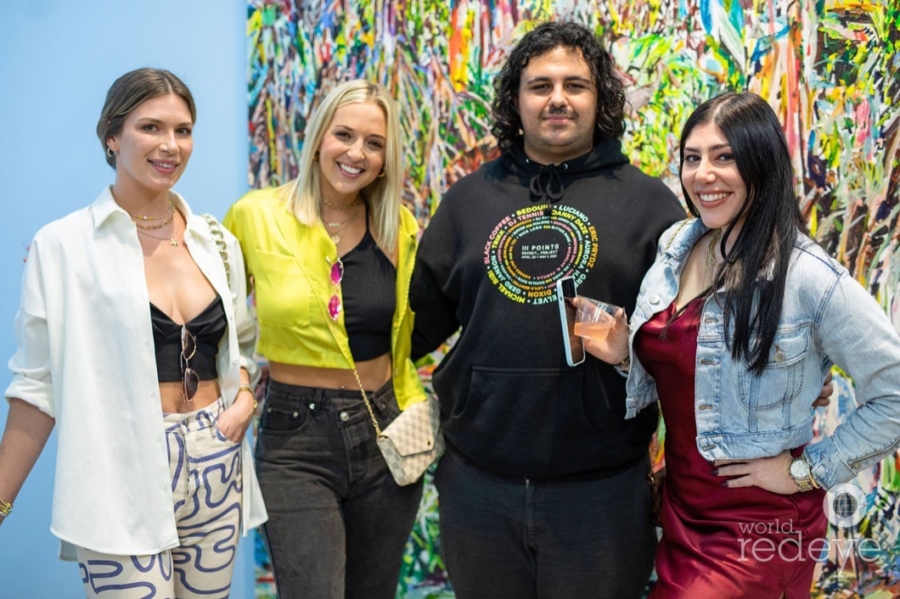
-
Sarah Jane Kurimsky, Colie Whitlow, Rafael Fonseco, & Michelle Garcia
-
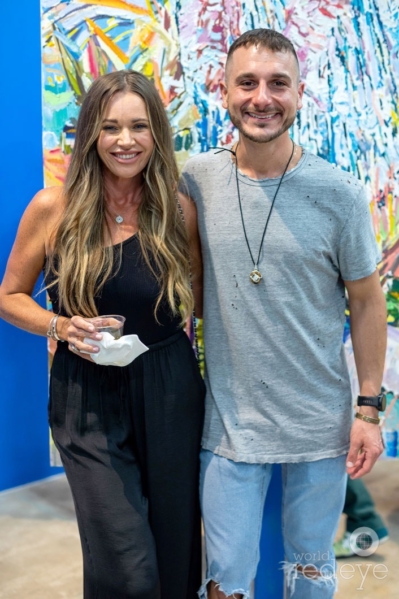
-
Susan Della & Frank Vomero
-

-
Walid & Susie Wahab, & Seth Browarnik
 Q&A: Exploring the Art of Fine Japanese Dining at Kissaki
Q&A: Exploring the Art of Fine Japanese Dining at Kissaki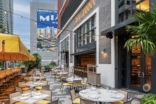 Q&A: Casa Gianna: Blending Creativity and Tradition at The Gale Miami
Q&A: Casa Gianna: Blending Creativity and Tradition at The Gale Miami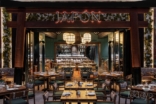 Q&A: Behind the Opulence of Japón with Saladino Design Studios
Q&A: Behind the Opulence of Japón with Saladino Design Studios José Parlá Returns to His Roots with “Homecoming” at PAMM
José Parlá Returns to His Roots with “Homecoming” at PAMM Q&A: Casa Tua: 23 Years of a Family-Owned Legacy
Q&A: Casa Tua: 23 Years of a Family-Owned Legacy WRE News: New Renderings Unvelied for 45-Story Standard Residences in Brickell, Opening 2027
WRE News: New Renderings Unvelied for 45-Story Standard Residences in Brickell, Opening 2027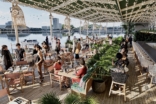 WRE News: A Look at Kygo and Myles Shear’s Palm Tree Club Miami in North Bay Village
WRE News: A Look at Kygo and Myles Shear’s Palm Tree Club Miami in North Bay Village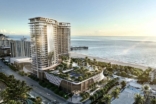 WRE News: Luxury Boom Hits Pompano Beach: Jorge Perez Leads $1 Billion Coastal Transformation
WRE News: Luxury Boom Hits Pompano Beach: Jorge Perez Leads $1 Billion Coastal Transformation WRE News: Pharrell Brings NYC’s Nami Nori Sushi to Miami’s Design District
WRE News: Pharrell Brings NYC’s Nami Nori Sushi to Miami’s Design District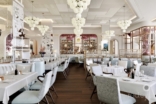 WRE News: Celebrity- Favorite Greek Restaurant GAIA to Make U.S. Debut in Miami Beach Summer 2025
WRE News: Celebrity- Favorite Greek Restaurant GAIA to Make U.S. Debut in Miami Beach Summer 2025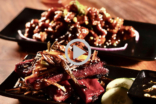 WRE Films: BBQ’D Spare Ribs, Duck Consommé, & the Marisol Cocktail at RedFarm
WRE Films: BBQ’D Spare Ribs, Duck Consommé, & the Marisol Cocktail at RedFarm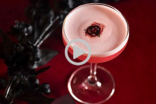 WRE Films: The Bloody Cherry at Marion Miami
WRE Films: The Bloody Cherry at Marion Miami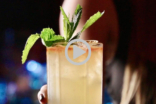 WRE Films: The Twilight at Mayami Wynwood
WRE Films: The Twilight at Mayami Wynwood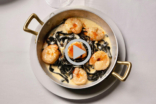 WRE Films: Fettucine al Nero di Seppia at Piegari Miami
WRE Films: Fettucine al Nero di Seppia at Piegari Miami WRE Films: The Black Swan at Queen Miami Beach
WRE Films: The Black Swan at Queen Miami Beach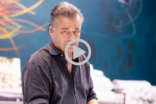 WRE Films: The Code with Kobi Karp
WRE Films: The Code with Kobi Karp

